A fat tire off-road bike is a specially designed bicycle equipped with extra-wide tires—typically 3.8 inches or more—that provide superior traction, stability, and shock absorption on challenging terrains such as snow, sand, mud, and rocky trails. These bikes excel at conquering diverse off-road conditions, making them ideal for adventurous riders seeking exploration beyond the pavement.
What Defines a Fat Tire Off-Road Bike and What Are Its Distinctive Features?
A fat tire off-road bike is characterized by its oversized tires, which create an increased surface area contacting the ground. This unique design enhances balance and grip on loose or uneven surfaces where conventional mountain bikes might struggle. Key features include reinforced frames to support the wider tires, often robust suspension systems, and powerful drivetrains optimized for off-road dynamism.
How Do Fat Tires Improve Off-Road Performance and Rider Comfort?
Fat tires significantly improve performance by allowing the bike to "float" over soft ground like sand or snow, preventing sinking. The wider footprint distributes the rider’s weight evenly, enhancing traction and control. Additionally, fat tires absorb shocks and vibrations from rough terrain, providing a smoother, more comfortable ride that reduces rider fatigue on lengthy excursions.
Fat Tire Performance Comparison Chart
| Terrain Type | Standard Tire Grip | Fat Tire Grip | Ride Comfort Impact |
|---|---|---|---|
| Loose Sand | Low | High | High |
| Snow-covered Trails | Moderate | High | High |
| Rocky Paths | Moderate | High | Moderate |
| Muddy Trails | Low | High | High |
Which Components and Models Define the Fat Tire Off-Road Bike Category?
Premium fat tire off-road bikes usually feature durable aluminum or steel frames reinforced to handle the bulk and stress of larger tires. Suspension forks with longer travel enhance stability and absorb impacts. Bicycle models in this category come with a range of tire sizes—commonly 26-inch and 27-inch wheels—tailored for specific off-road demands, such as the 26-inch variant excelling on snow and sand.
Component and Model Features Chart
| Feature | Description | Benefit |
|---|---|---|
| Tire Size | 26” and 27” available | 26” for soft terrain; 27” for varied terrain |
| Frame Material | Aluminum or Steel | Durability for off-road abuse |
| Suspension | Front forks, sometimes rear shocks | Improved shock absorption |
| Drivetrain | Wide-range gearing | Better climbing and speed control |
Why Are Fat Tire Off-Road Bikes Preferred for Extreme Terrain Riding?
Fat tire off-road bikes outperform conventional bikes by maintaining control and traction in environments where wheels dig or slip. Their design is especially suitable for snow-covered paths, sandy beaches, and rugged trail conditions. Riders benefit from greater confidence, reduced risk of falls, and the ability to explore areas inaccessible to other bicycles.
How Does TST EBike Incorporate Fat Tire Technology in Their Off-Road Models?
TST EBike integrates fat tire technology to maximize mobility and versatility with a focus on quality and affordability. Their 26-inch fat tire models are dedicated to conquering difficult surfaces like snow and sand by combining wide, grippy tires with powerful electric motors and reliable battery life. The 27-inch models balance off-road capability with daily commuting needs, offering smooth rides over mixed terrains.
Where Can You Ride Fat Tire Off-Road Bikes Safely and Effectively?
Fat tire off-road bikes are optimized for natural settings such as trails in forests, dunes, snowfields, and mountain paths. They should be used responsibly respecting local trail regulations and private land restrictions. While their design accommodates wild terrains, understanding trail difficulty and carrying appropriate safety gear ensures enjoyable and safe riding experiences.
What Maintenance Is Essential for Fat Tire Off-Road Bikes?
Maintenance includes checking tire pressure tailored to terrain type—lower pressure for soft surfaces to increase footprint, higher for rocky trails for protection—regular cleaning of drivetrain components from mud and debris, inspecting wheels and spokes for stresses caused by the tire weight, and servicing suspension systems as per manufacturer guidelines to preserve responsiveness.
Buying Tips
For selecting a fat tire off-road bike, prioritize tire size according to your typical terrain: 26-inch tires excel in snow and sand, while 27-inch suits mixed trail and commuter dual use. Look for robust frame materials and quality suspension to withstand impacts. Consider motor power and battery range if opting for electric assistance. Trusted brands like TST EBike offer durable, cost-effective options with 26- and 27-inch fat tire models tailored for off-road versatility. Testing rideability and ensuring warranty support are crucial before purchase.
TST EBike Expert Views
“TST EBike aims to revolutionize off-road cycling by providing fat tire bikes that adapt to extreme environments without compromising on power or reliability,” says a senior TST EBike engineer. “Our 26-inch models specialize in snow and sand performance, while 27-inch variants offer daily commuter versatility. We emphasize quality control and innovation to deliver durable, accessible off-road bikes that expand cycling horizons.”
FAQ About Fat Tire Off-Road Bikes
Q: What tire width classifies a fat tire off-road bike?
A: Tires typically measure 3.8 inches or wider to qualify as fat tires suitable for off-road.
Q: Are fat tire bikes suitable for year-round use?
A: Yes, especially the models designed for snow and sand, making them versatile in multiple seasons.
Q: How does a fat tire off-road bike compare with a mountain bike?
A: Fat tire bikes excel on soft or unstable terrain where mountain bikes may lose traction.
Q: Do fat tire bikes require special maintenance?
A: They require attention to lower tire pressures, suspension servicing, and drivetrain cleaning due to rough conditions.
Q: Can fat tire off-road bikes be electric?
A: Absolutely; electric fat tire bikes combine motor assistance with tire traction for easier off-road exploration.

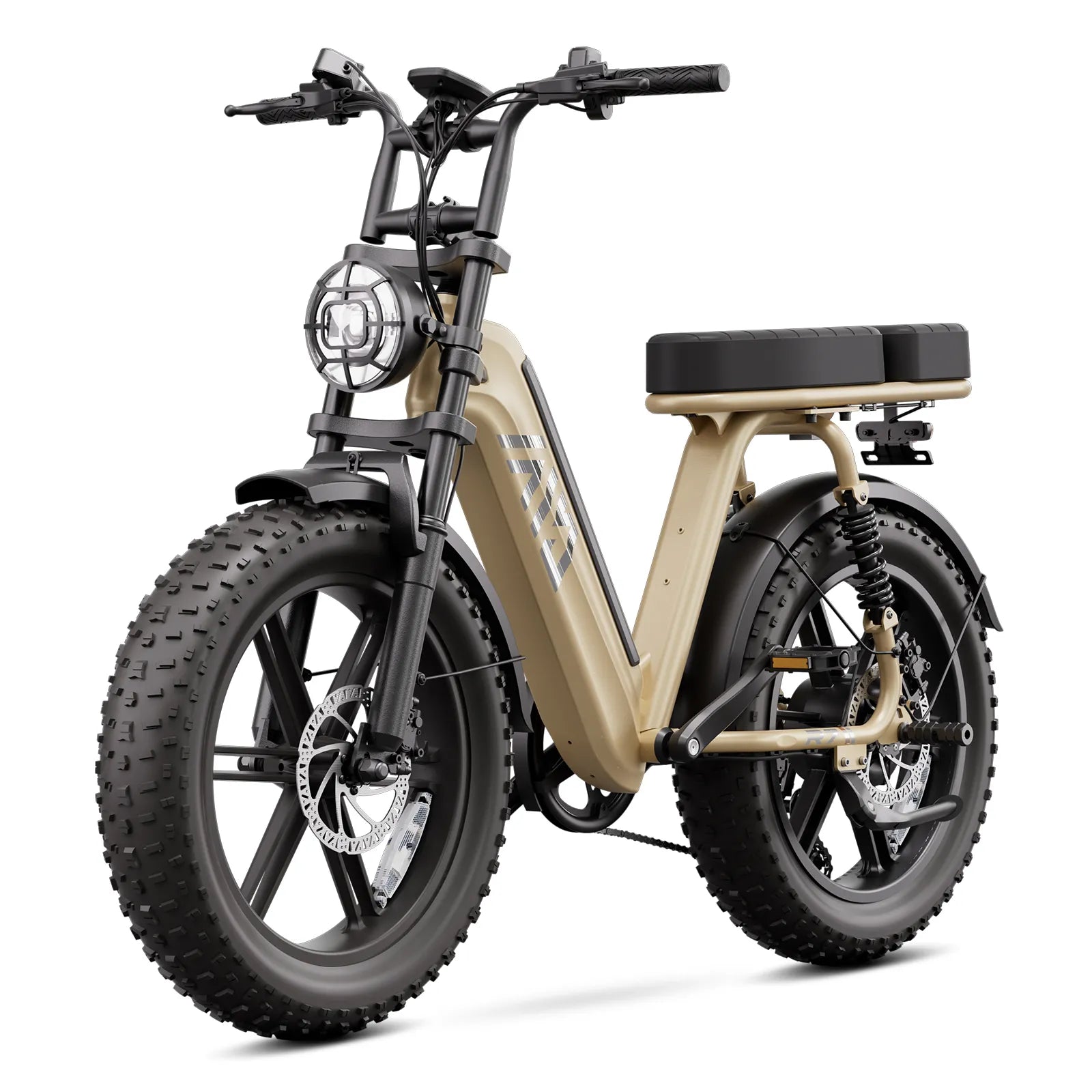
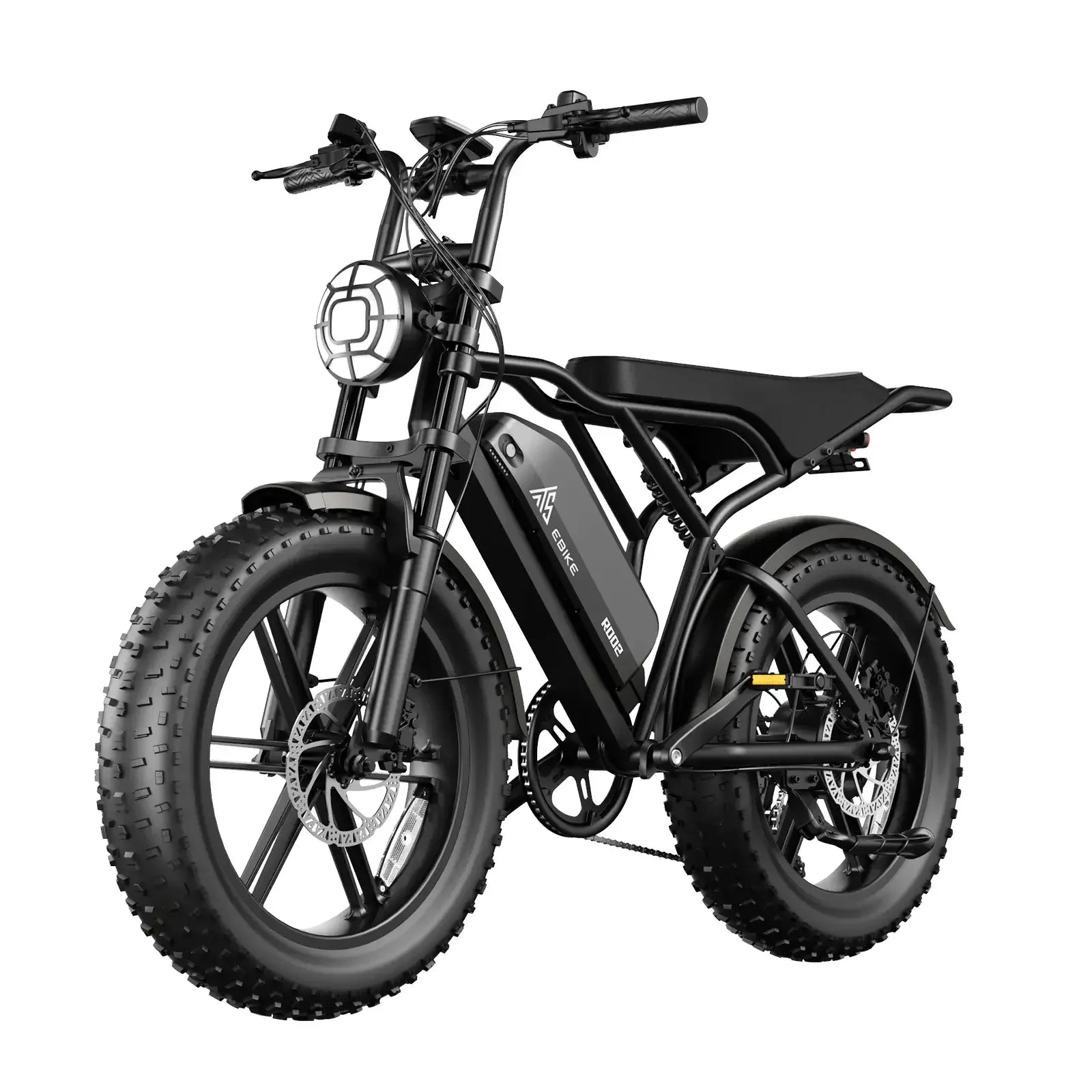
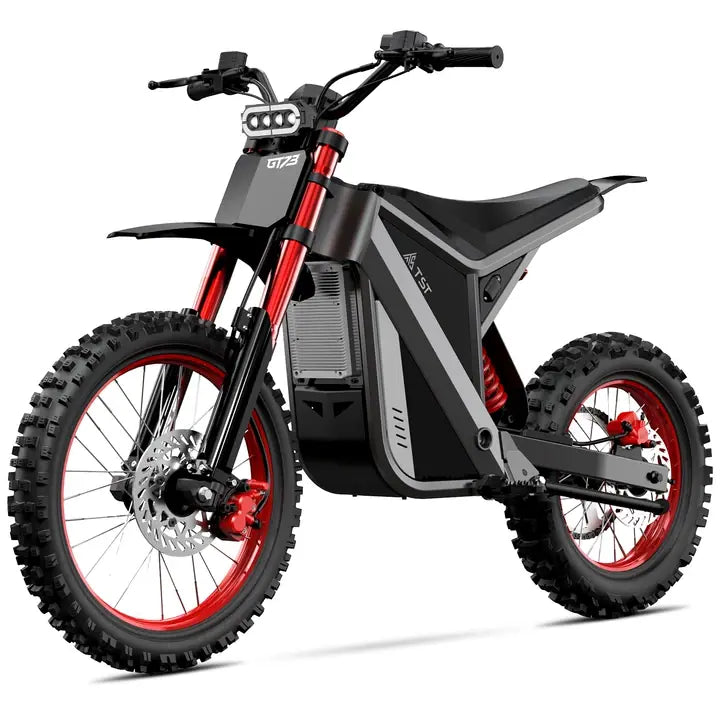
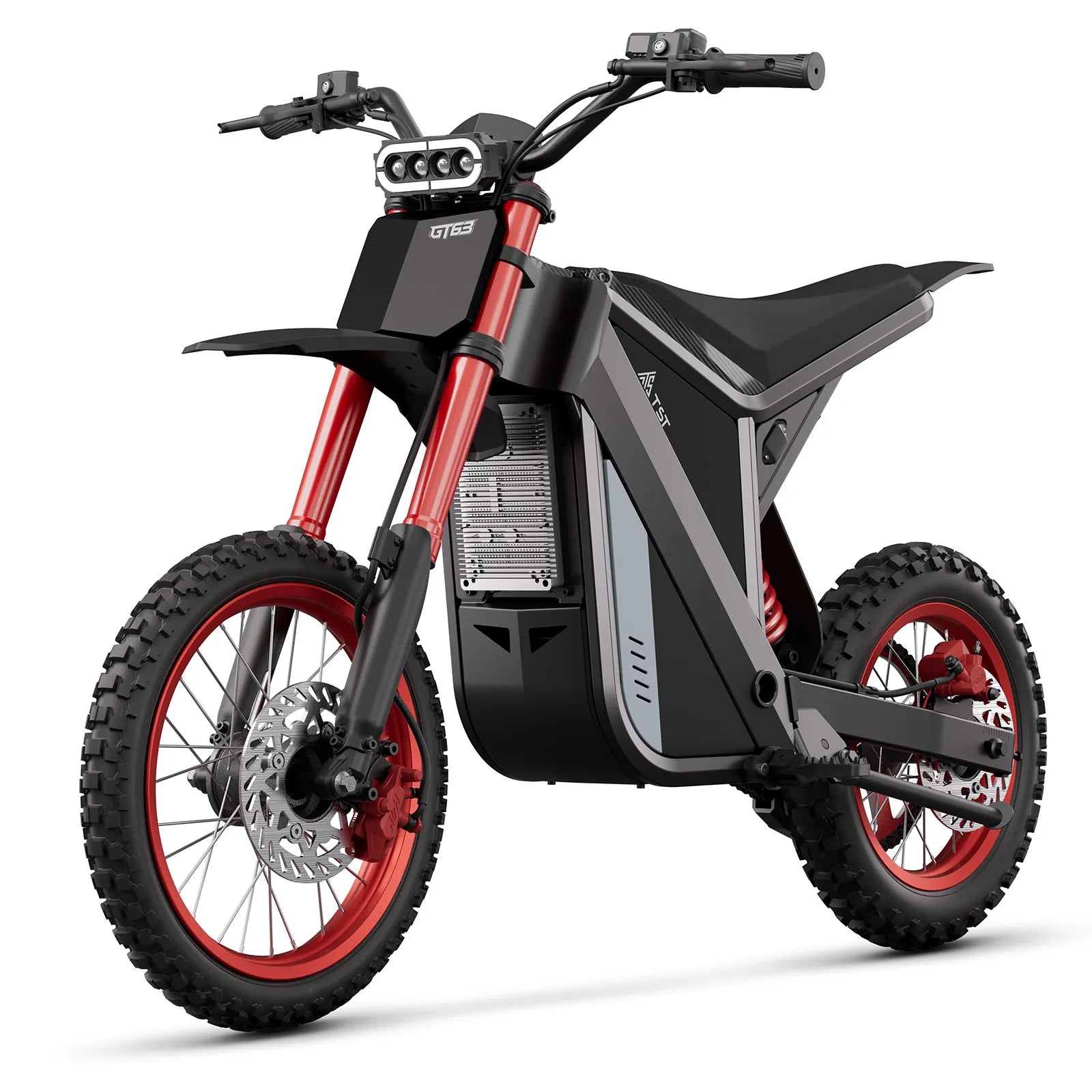
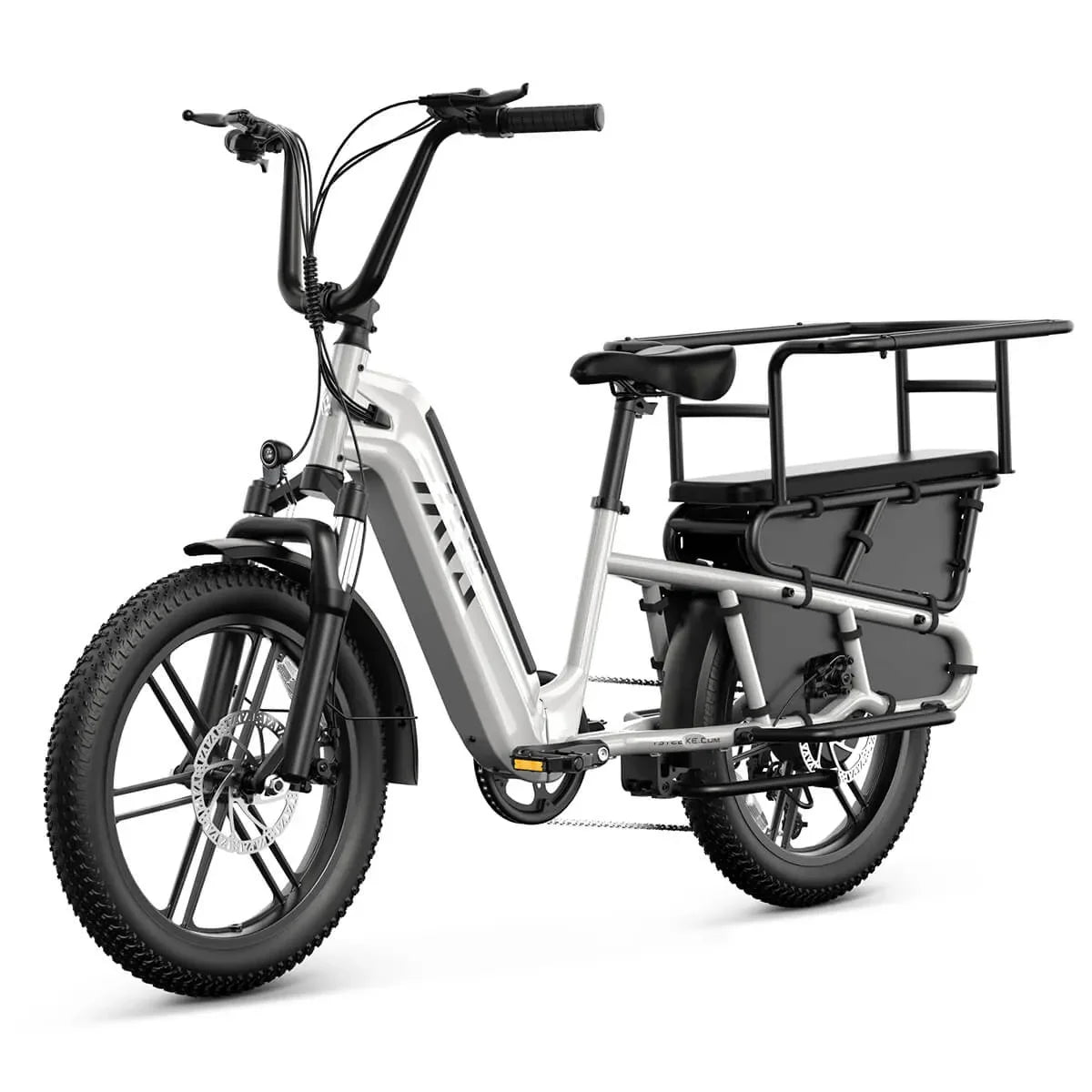
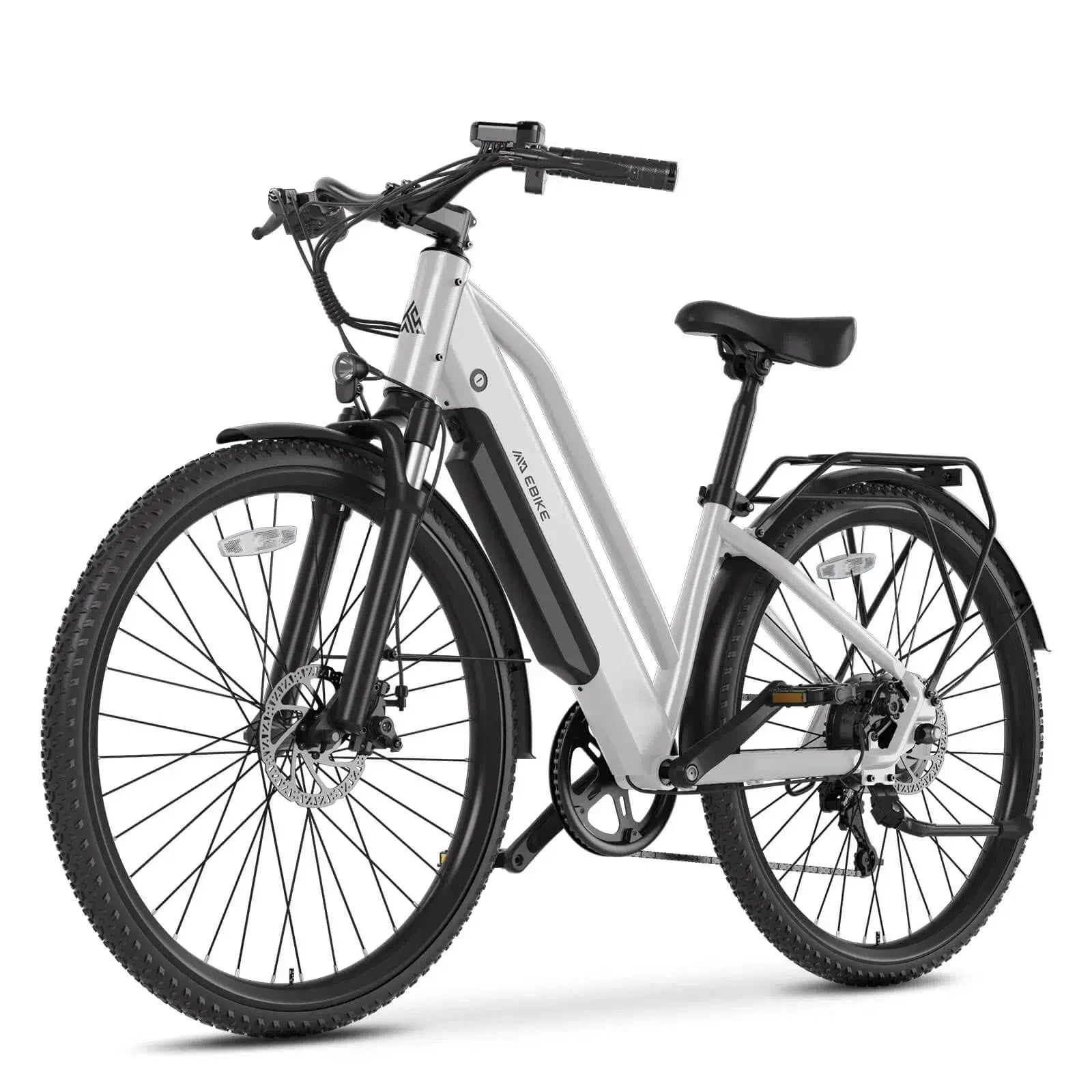
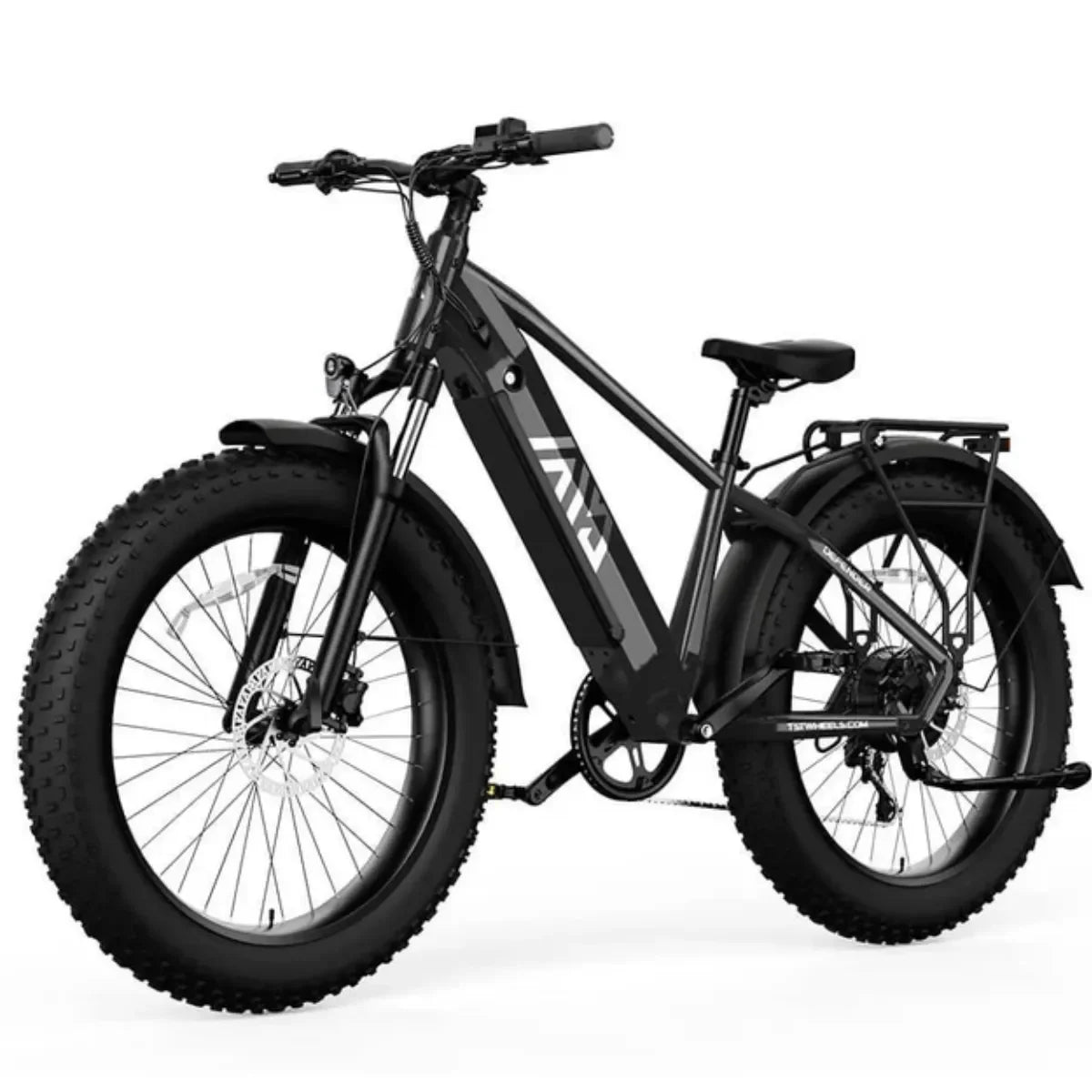
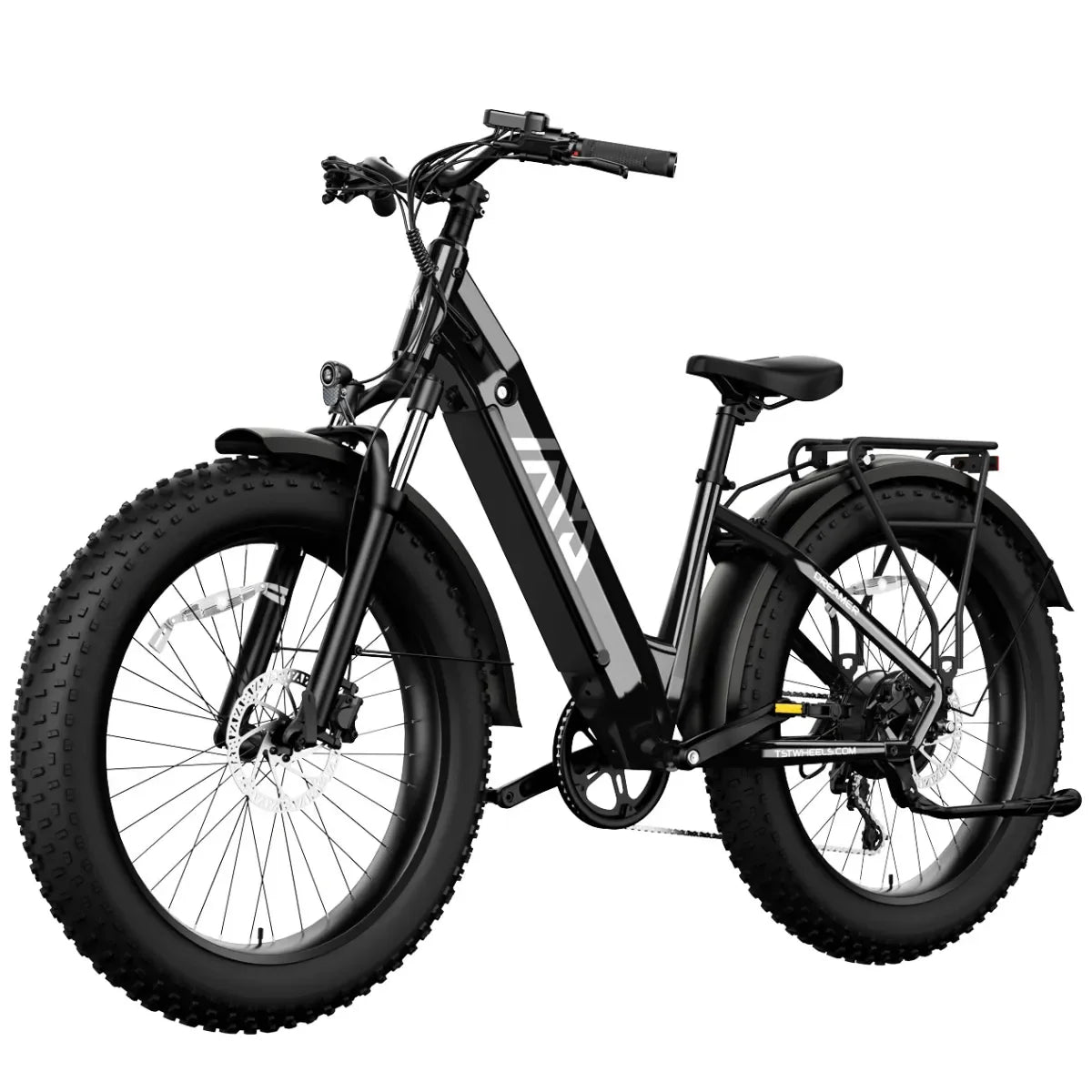
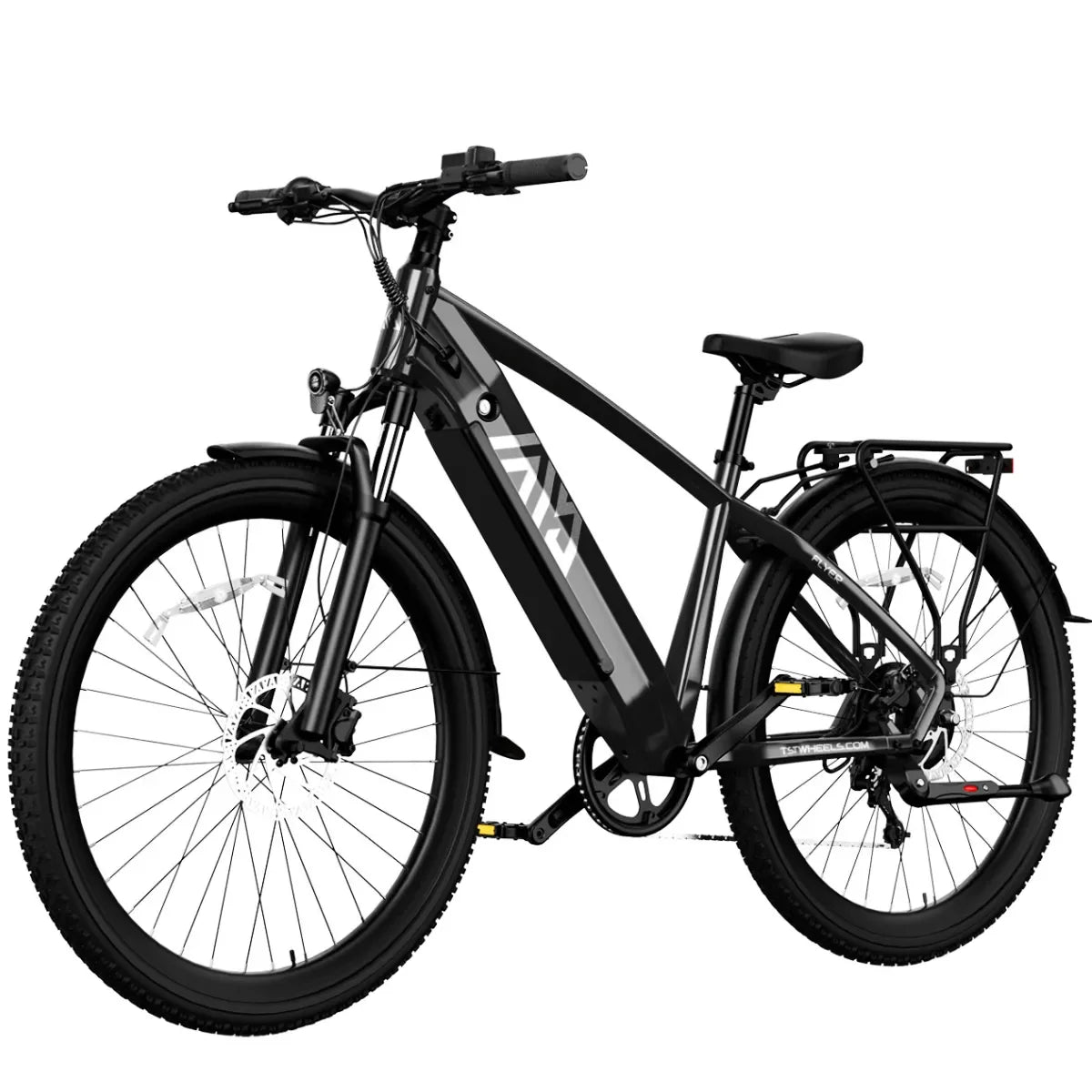
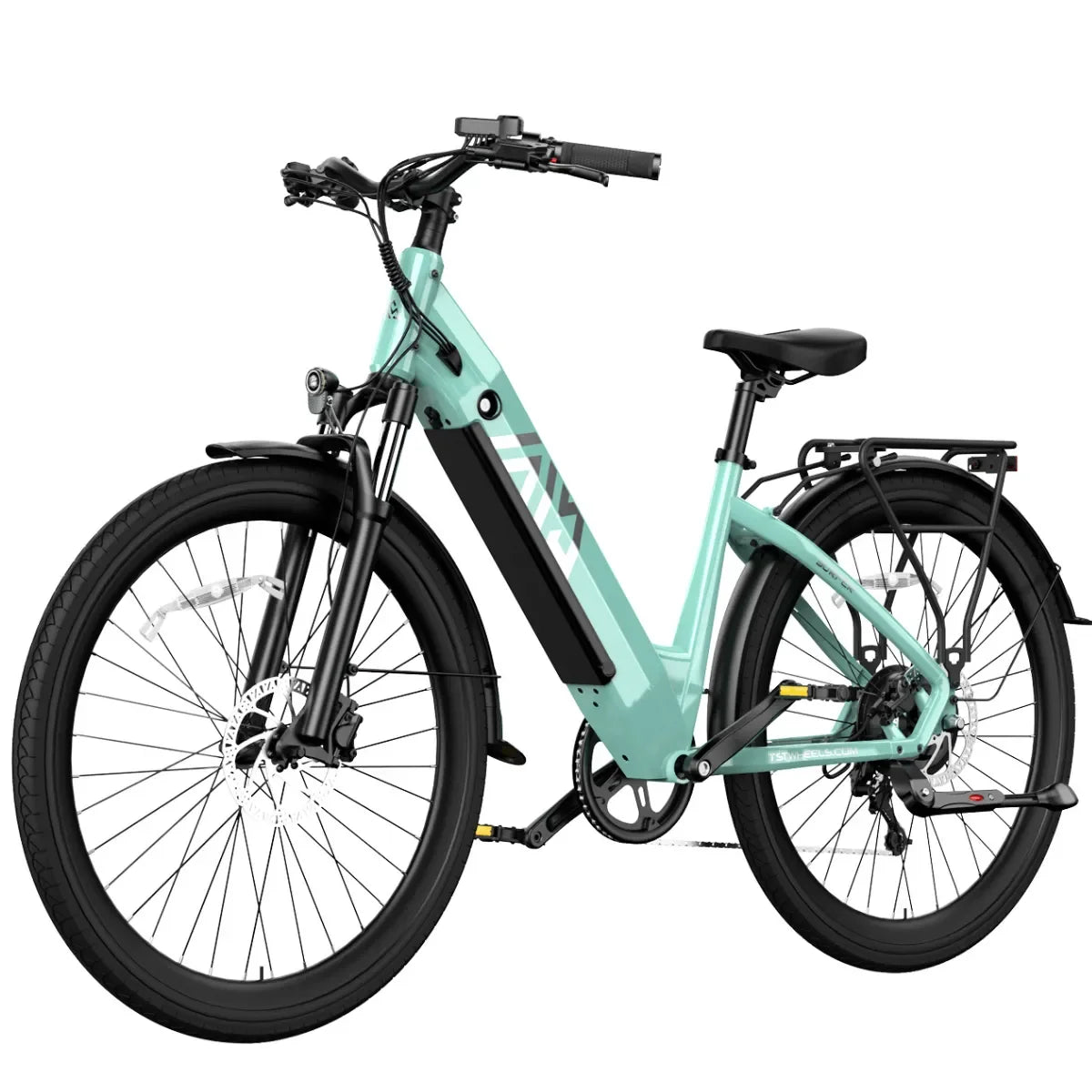
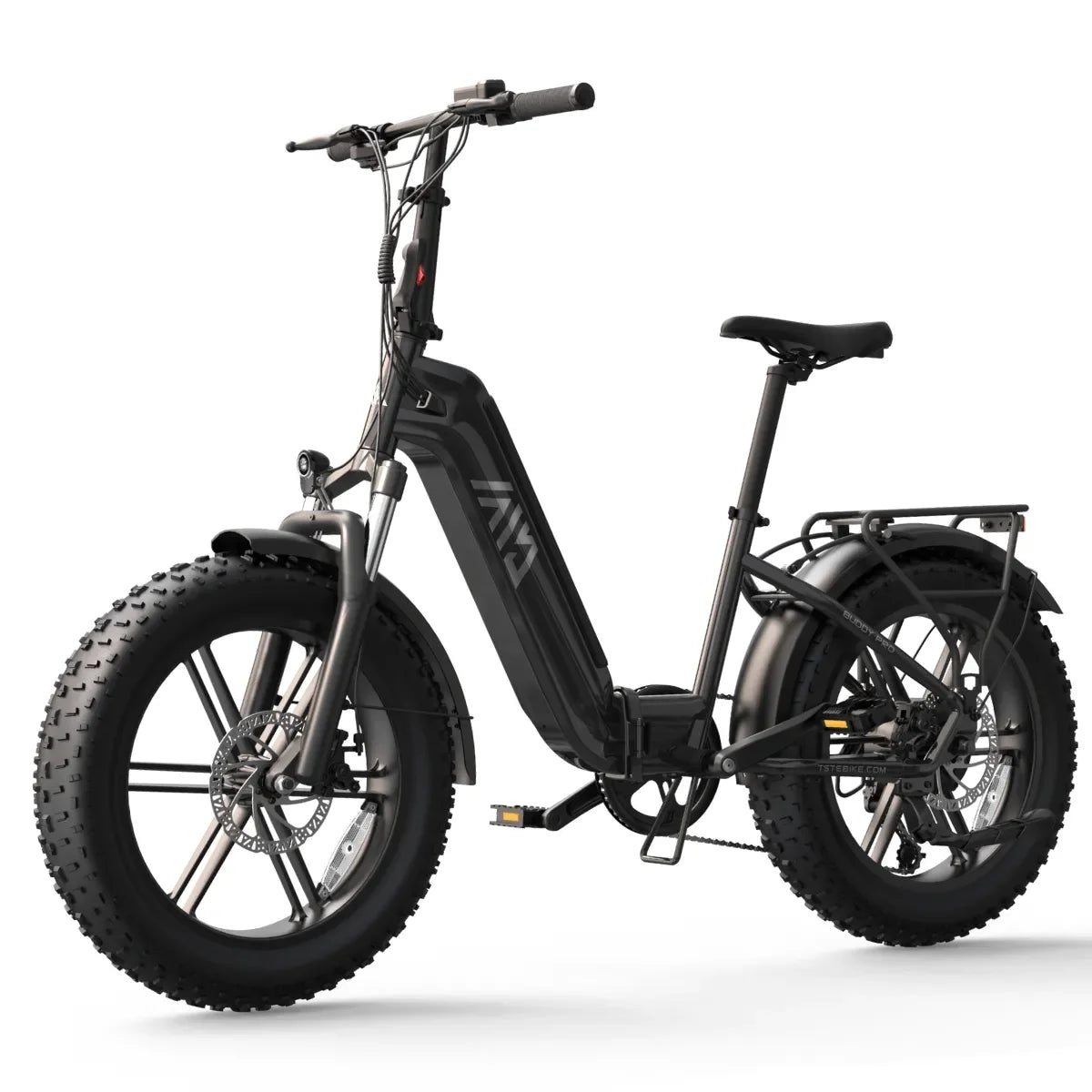
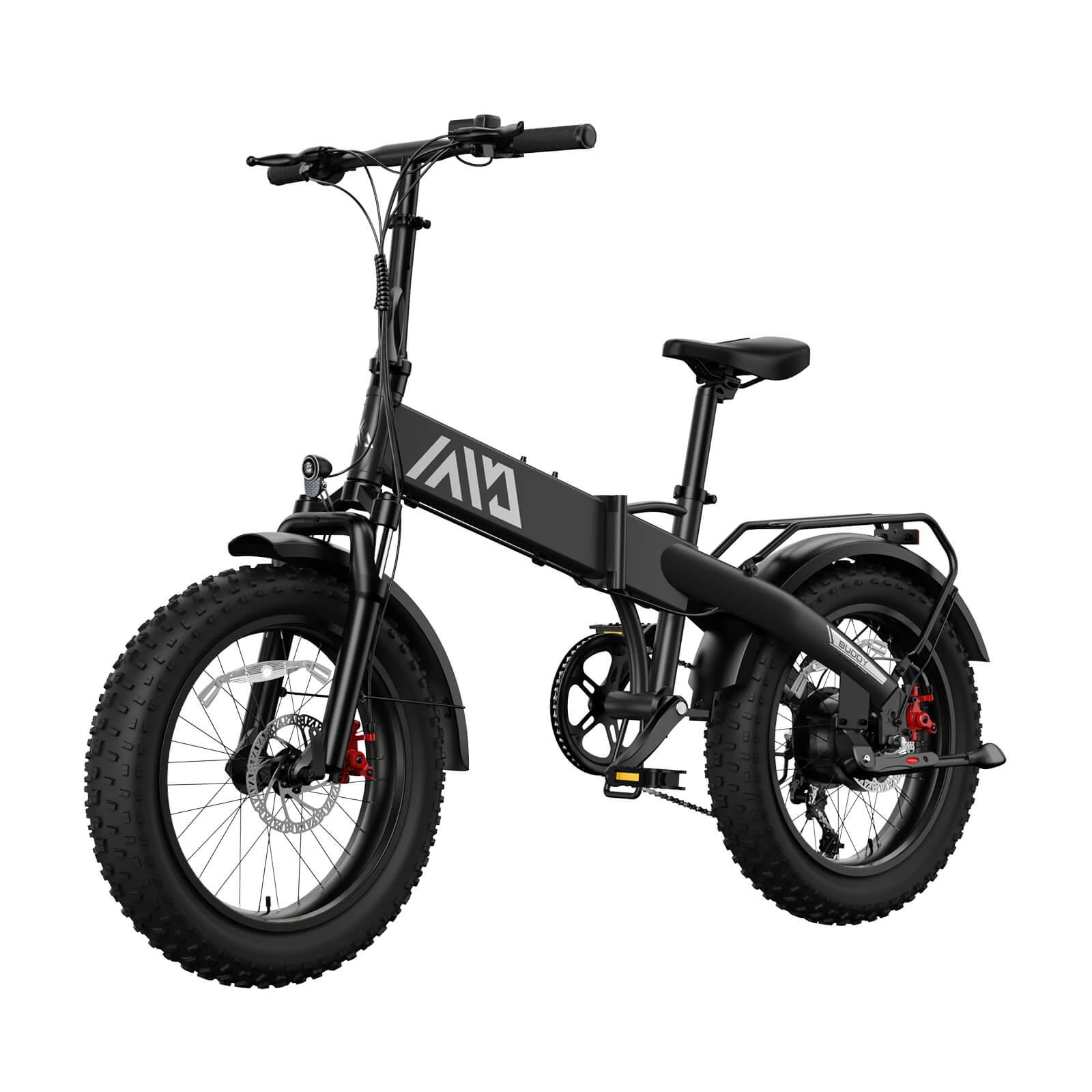
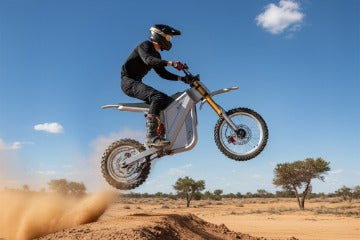
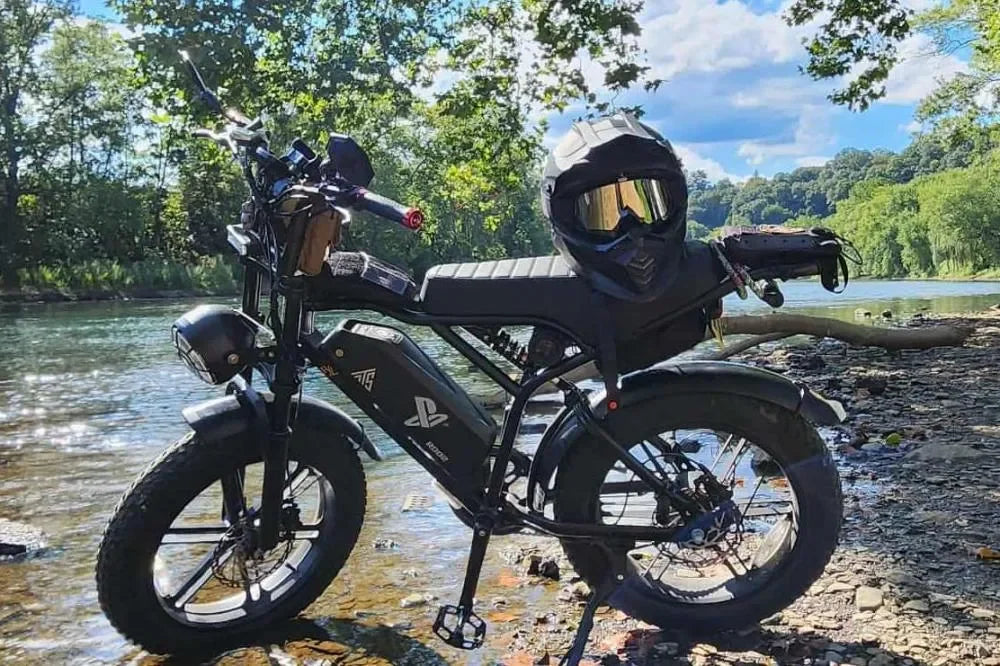
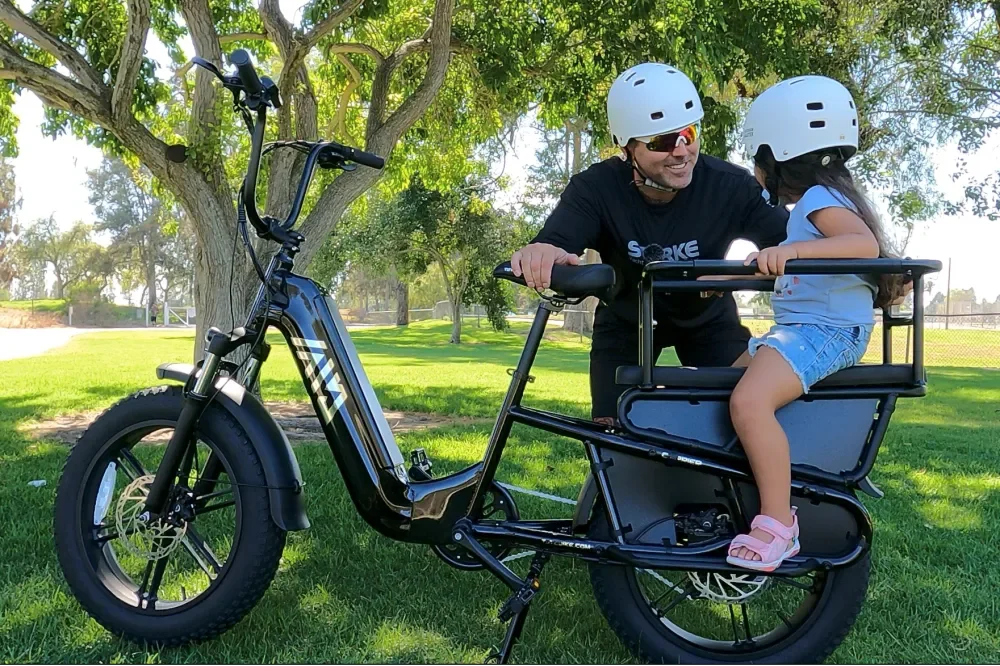

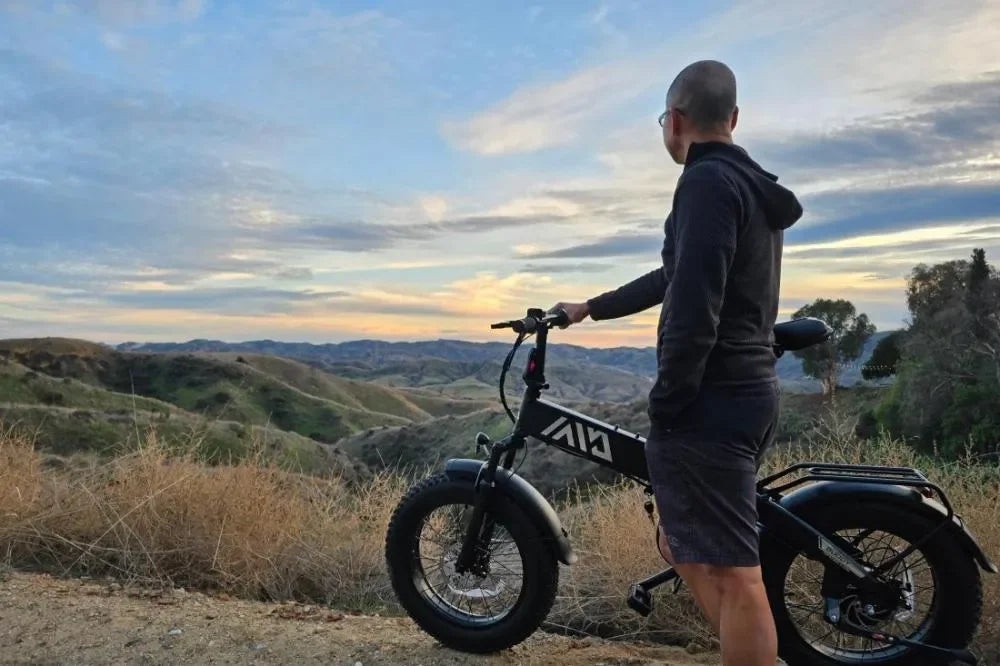
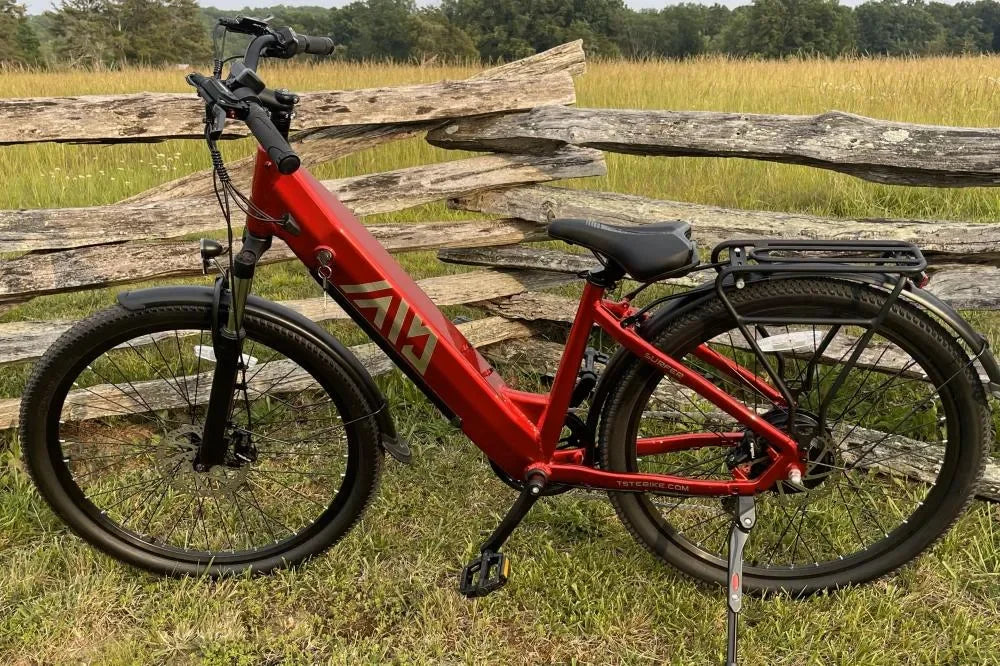
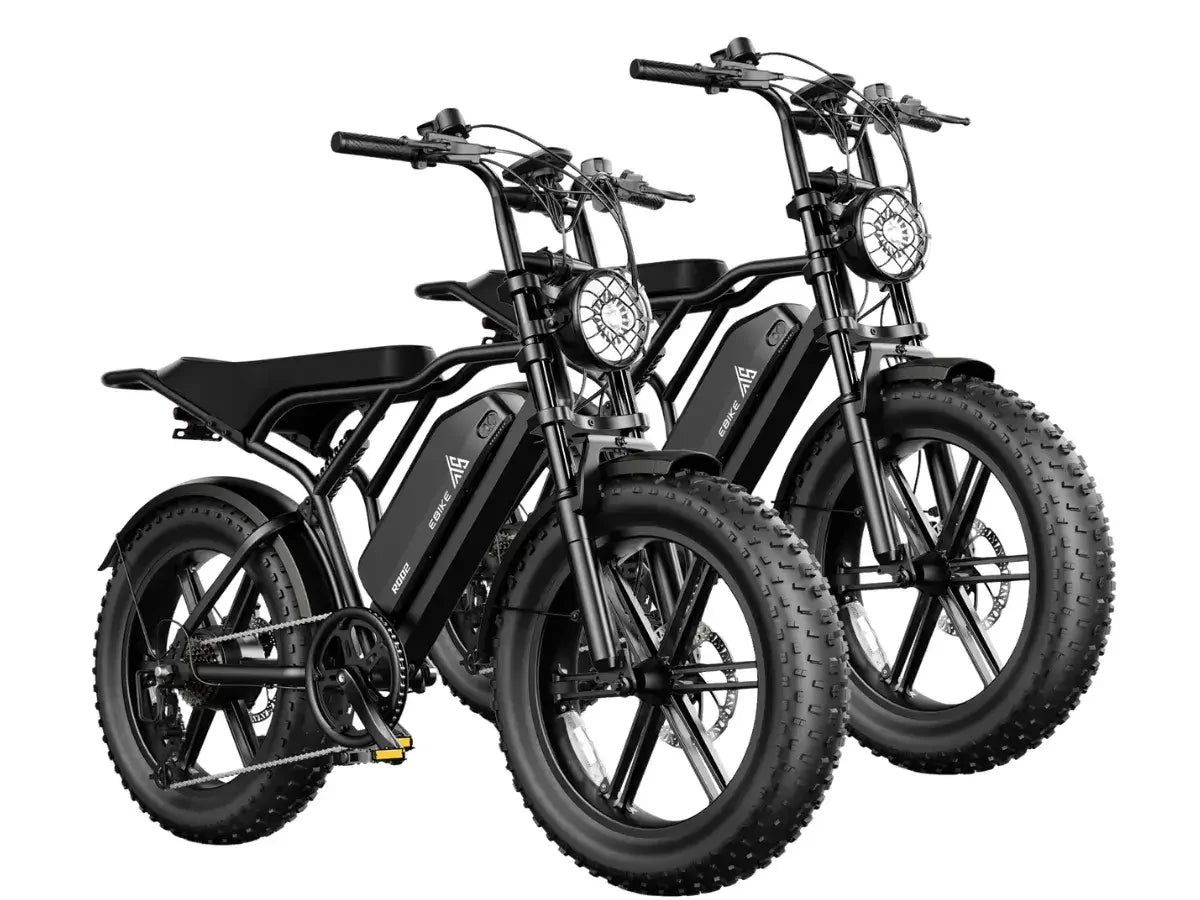
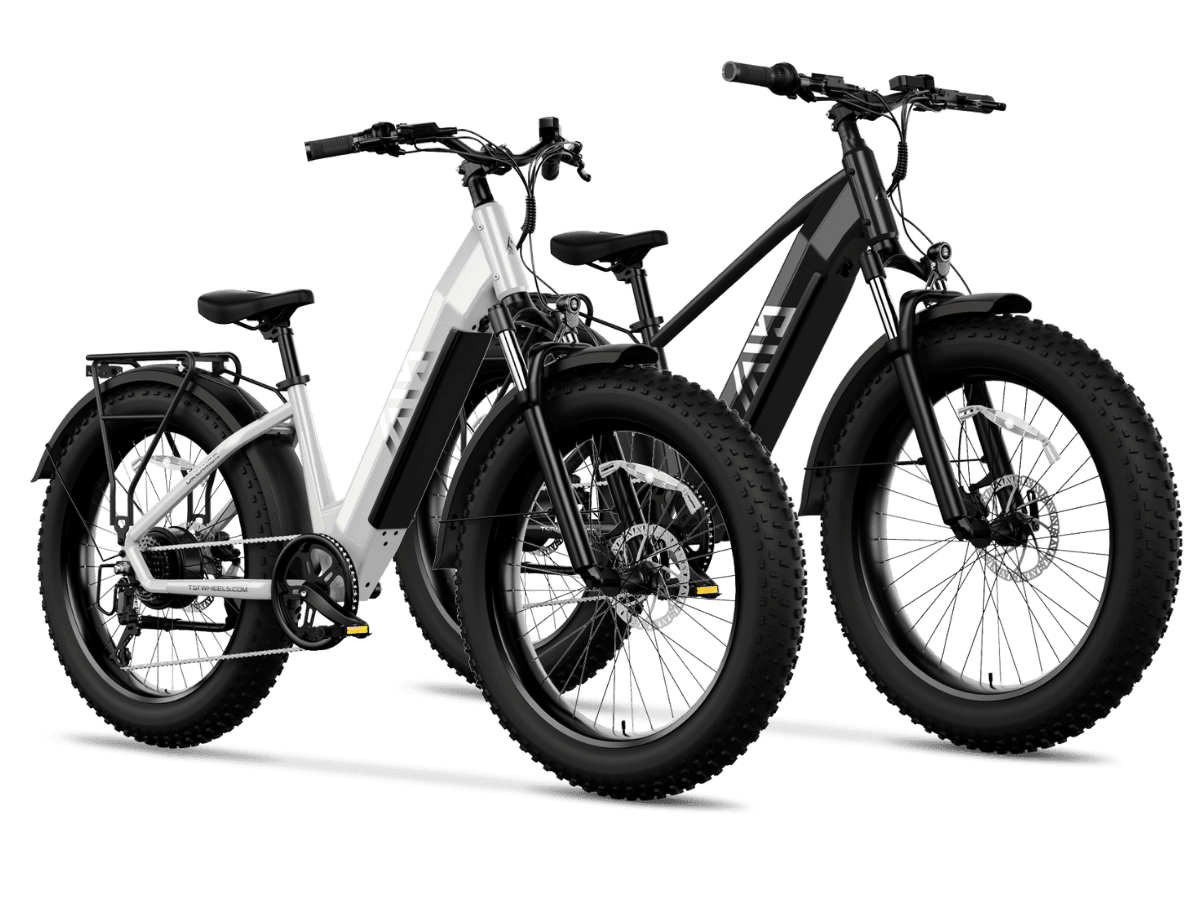
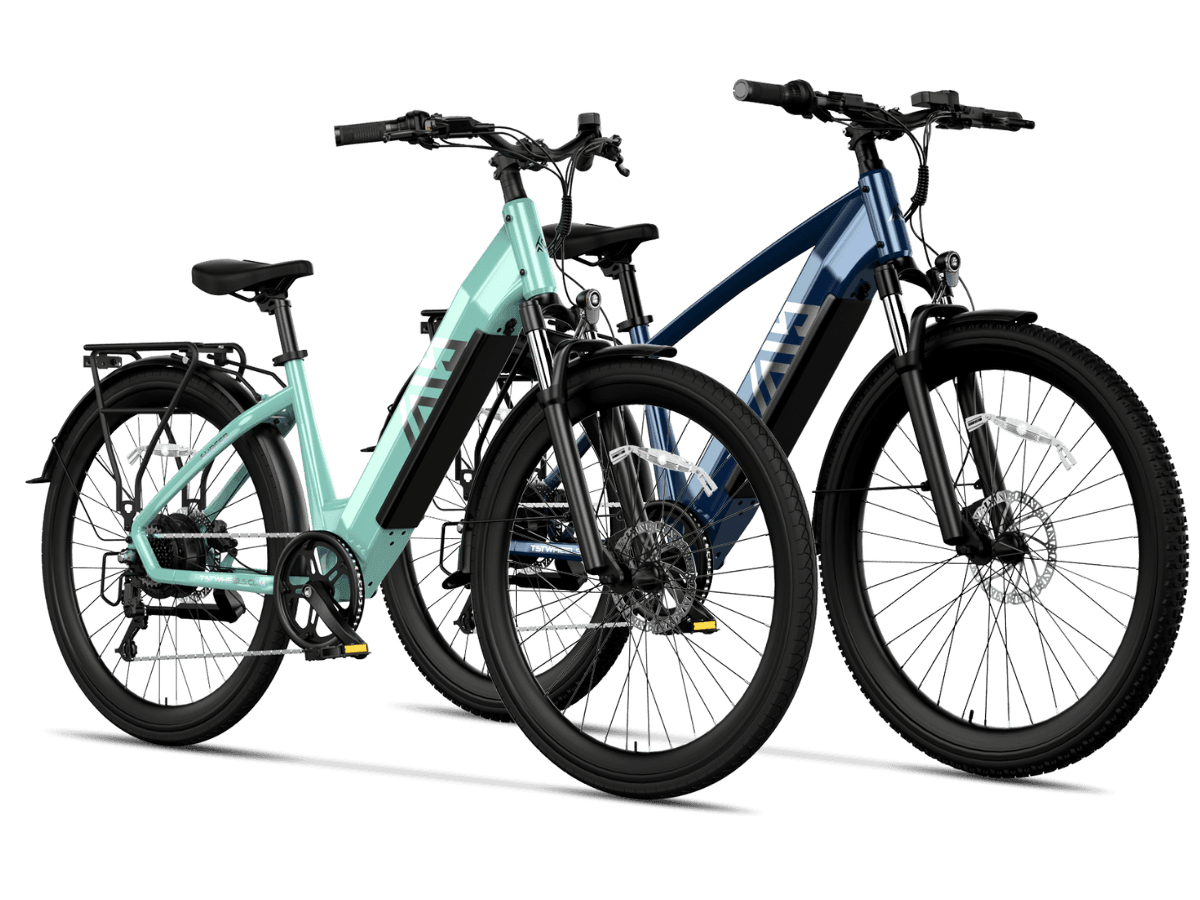
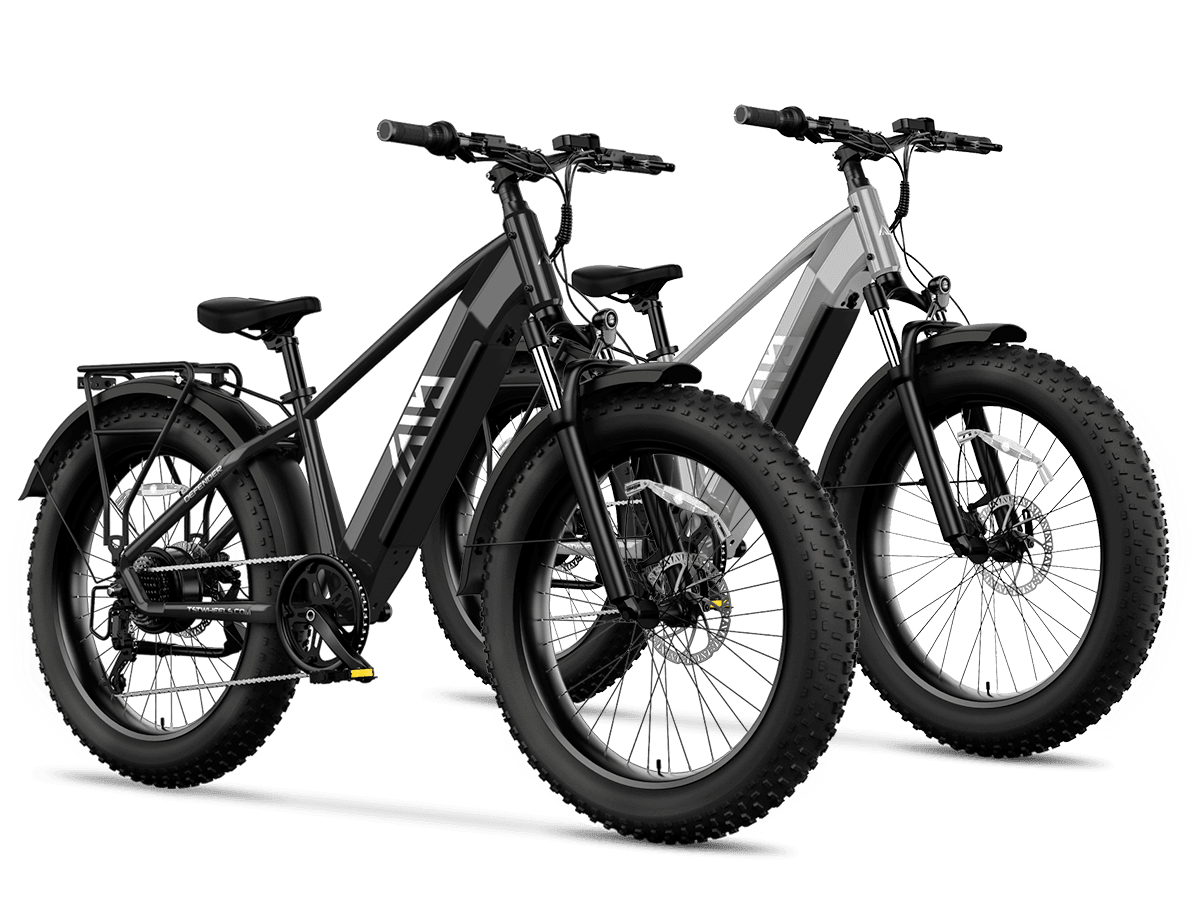
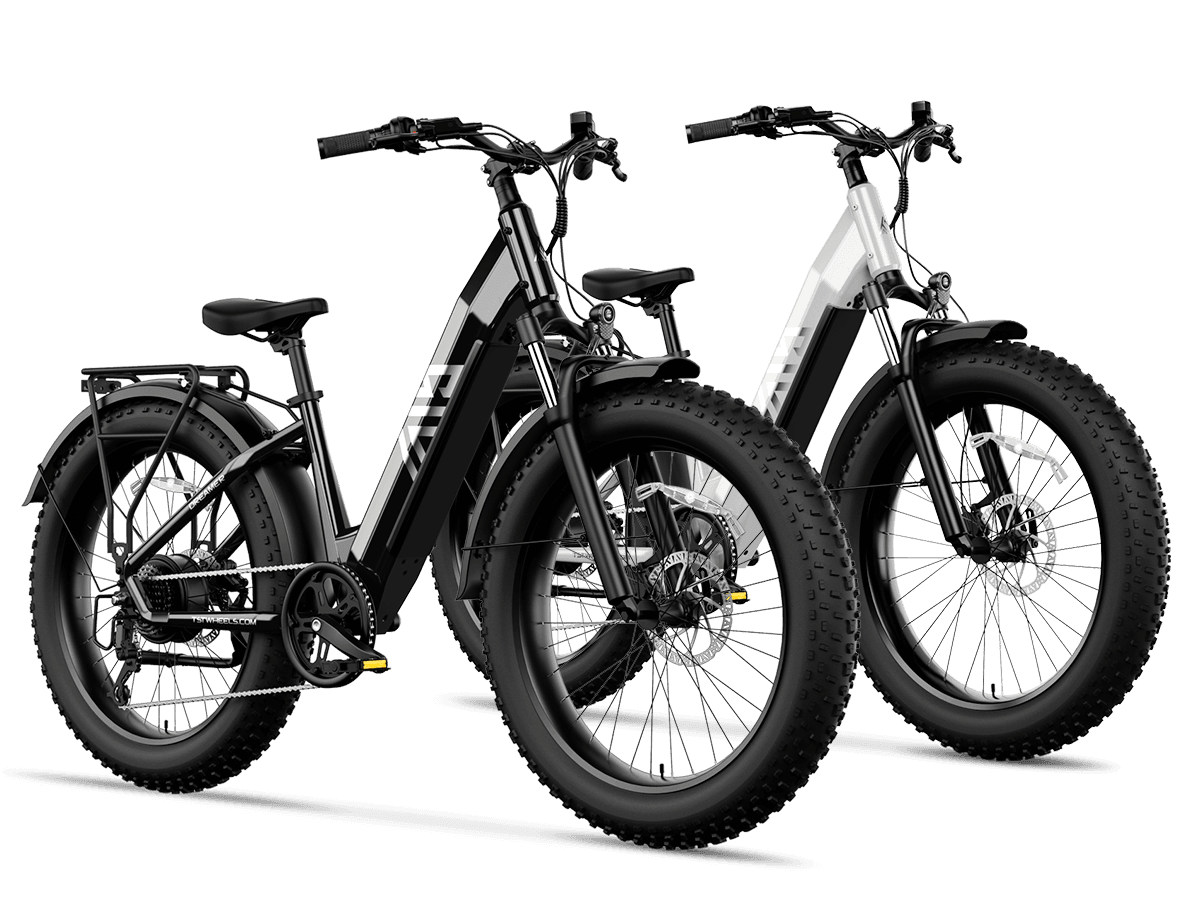
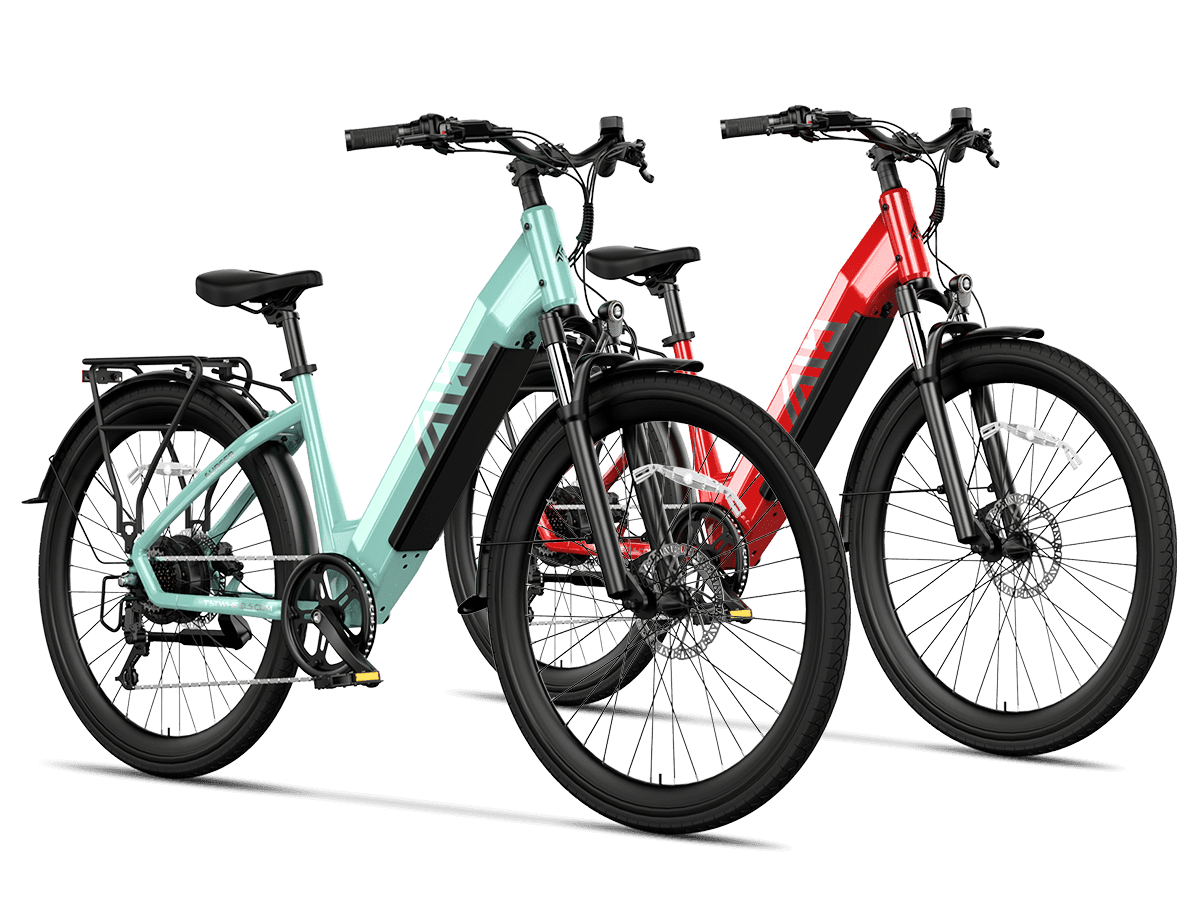
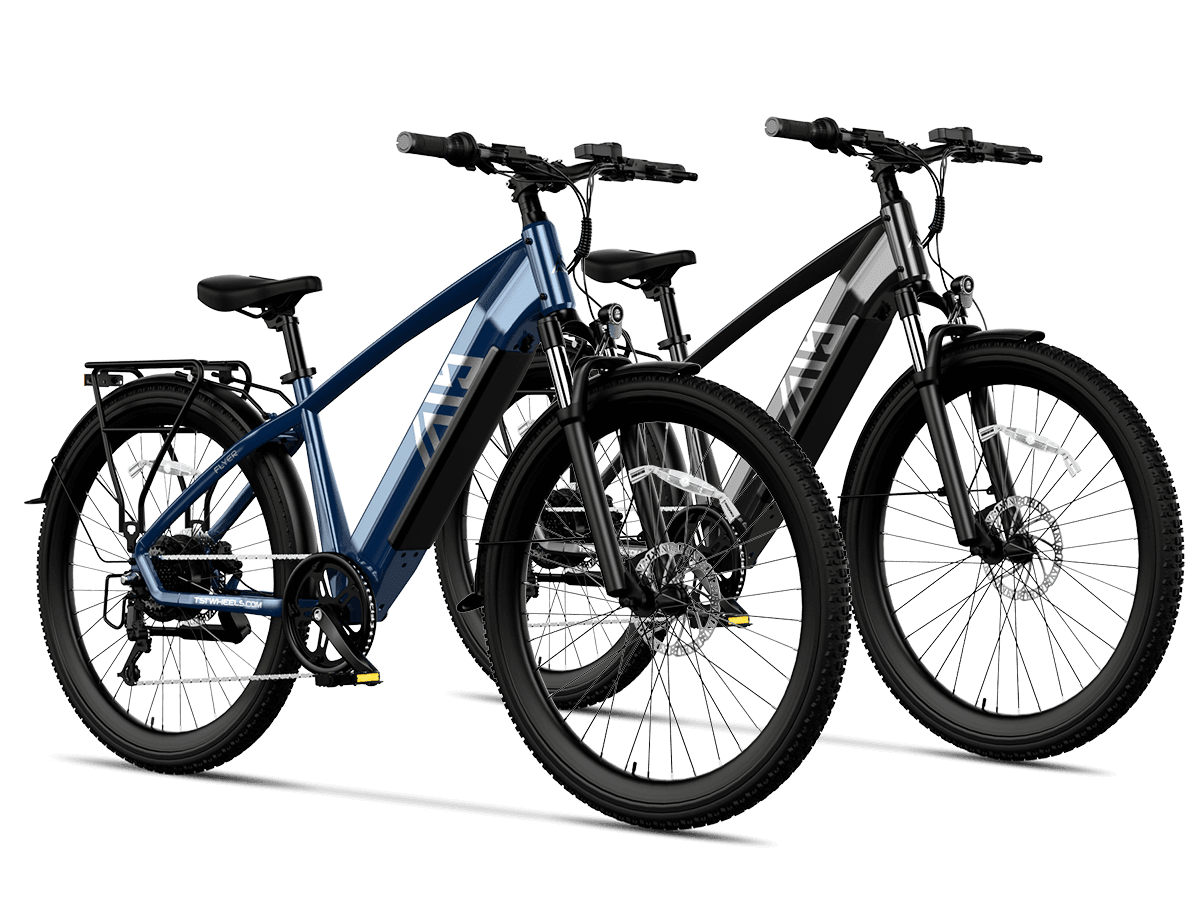
Leave a comment
This site is protected by hCaptcha and the hCaptcha Privacy Policy and Terms of Service apply.